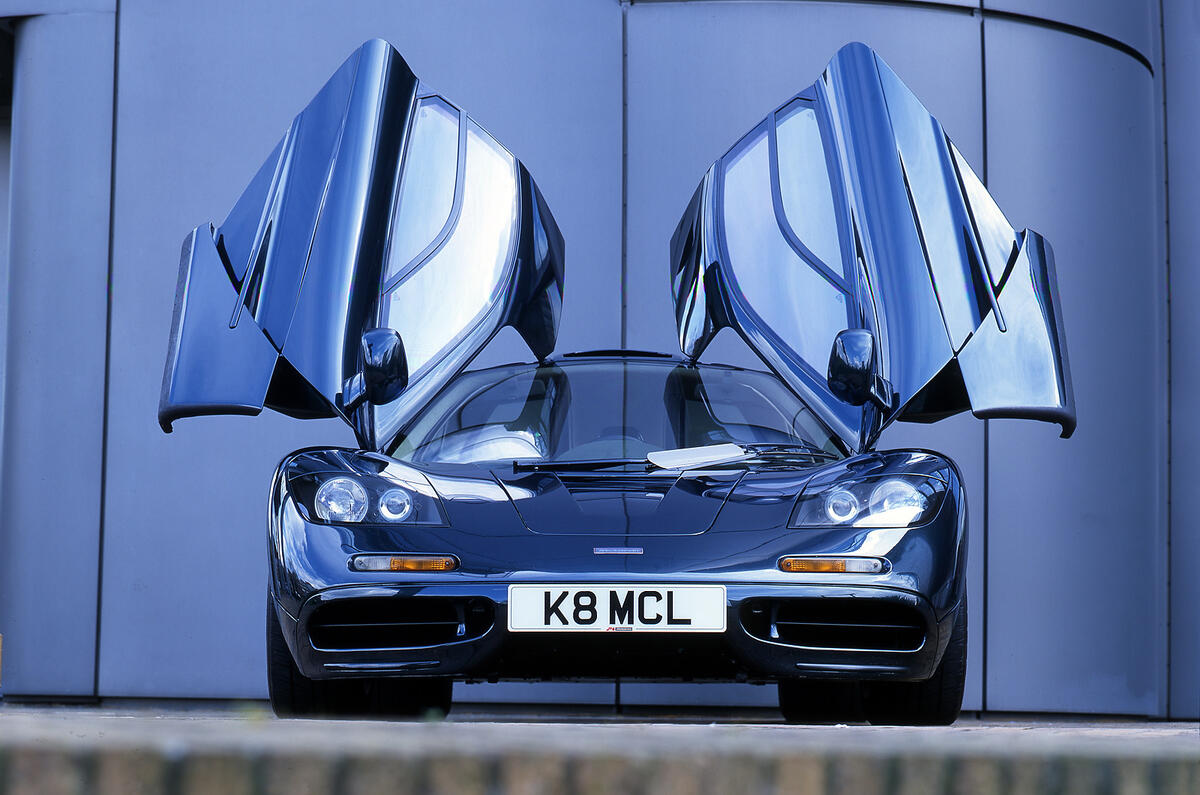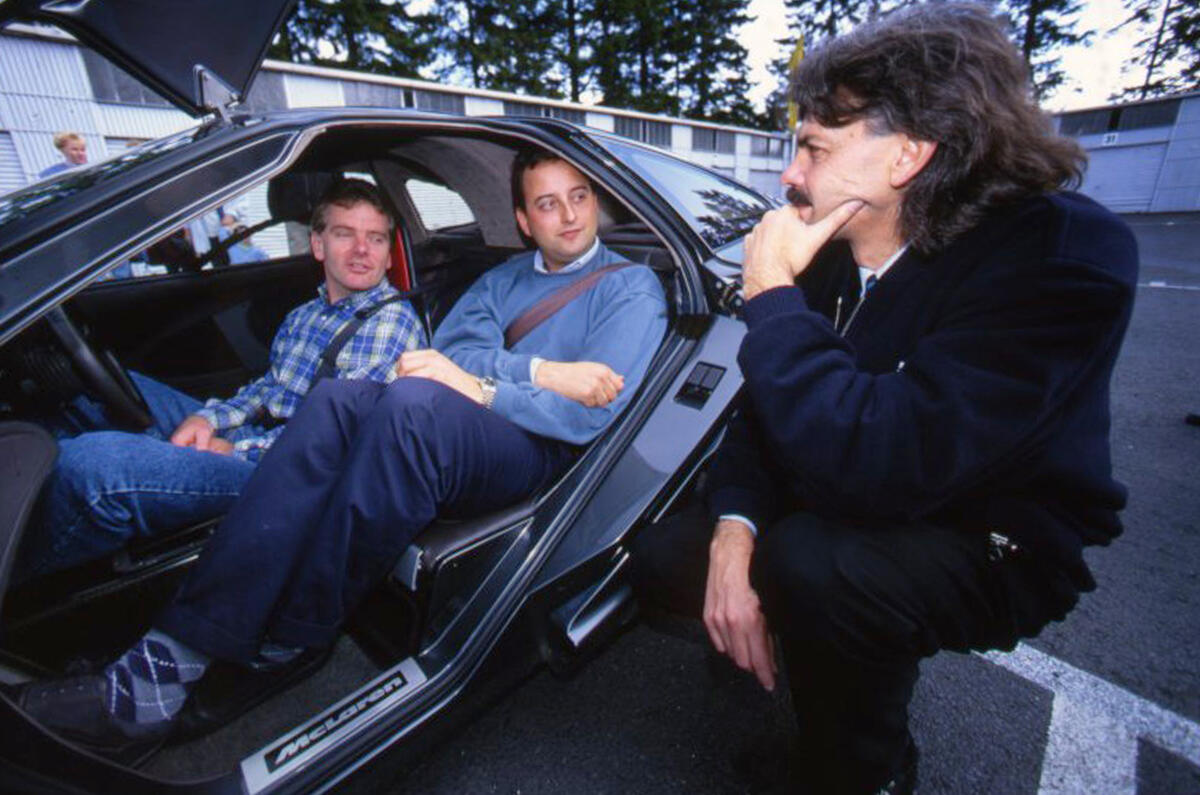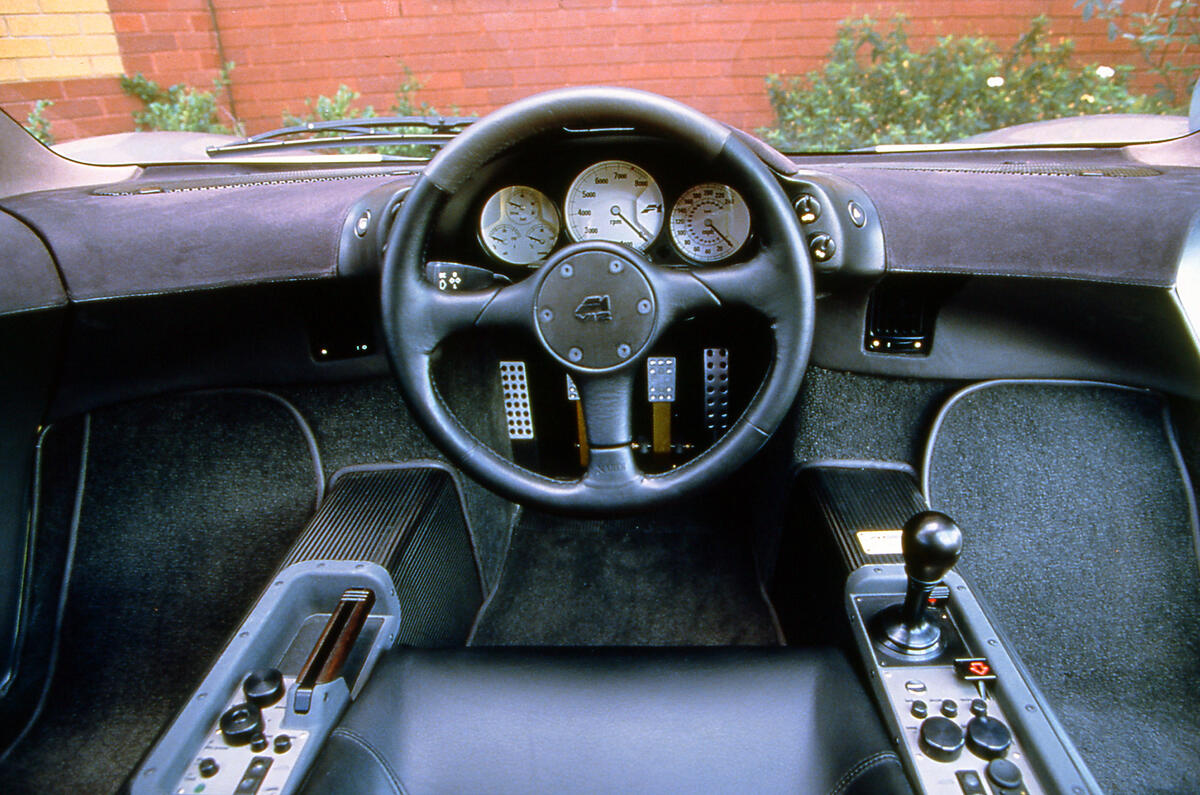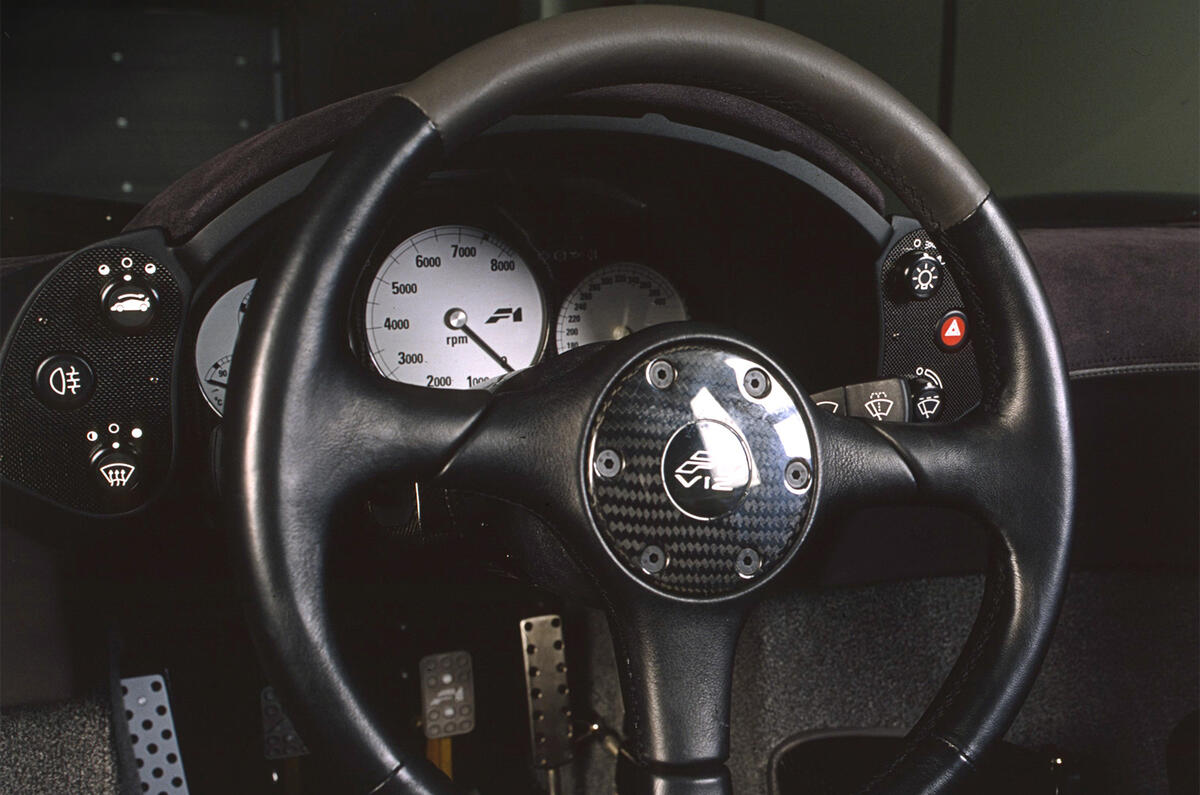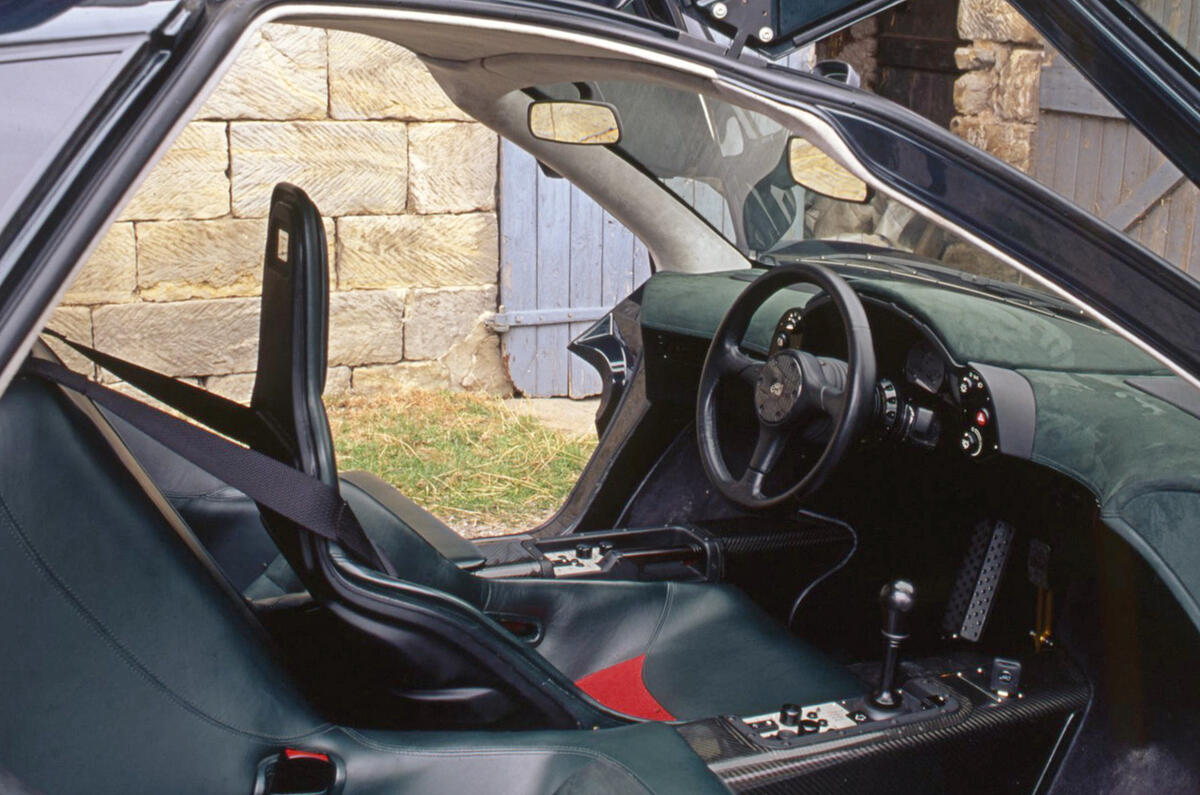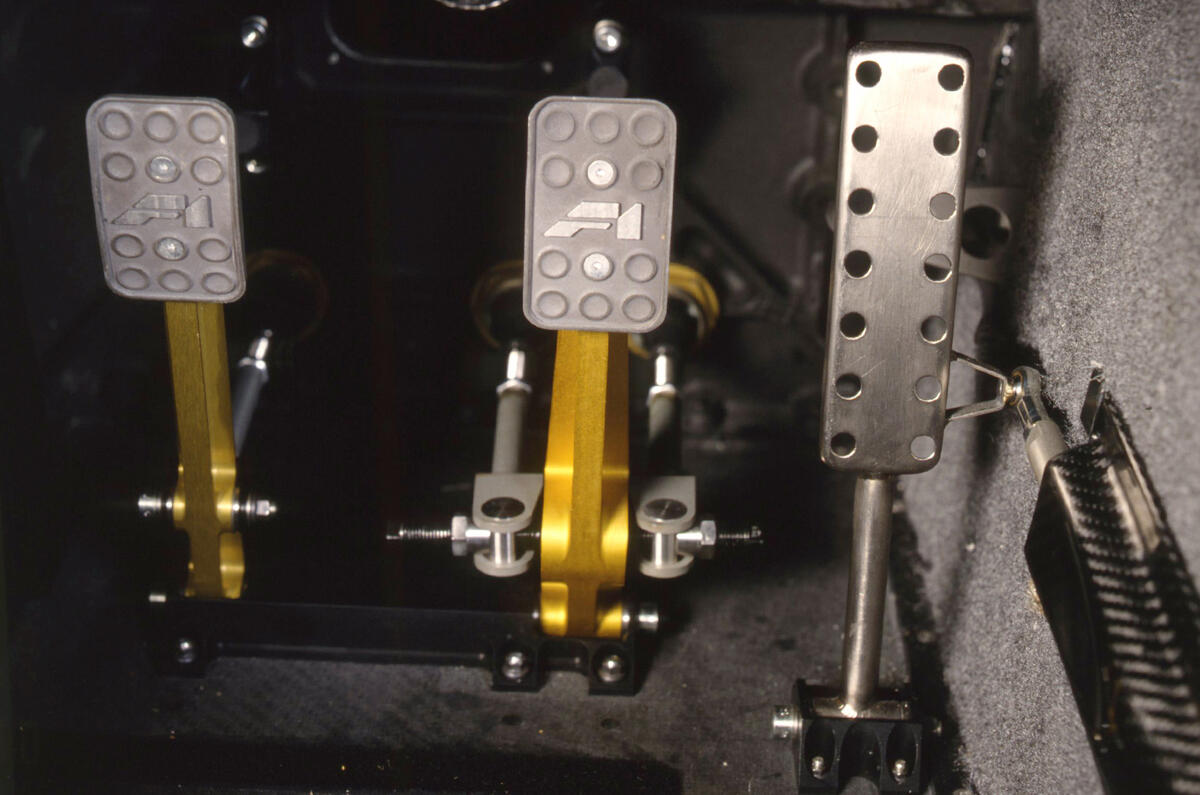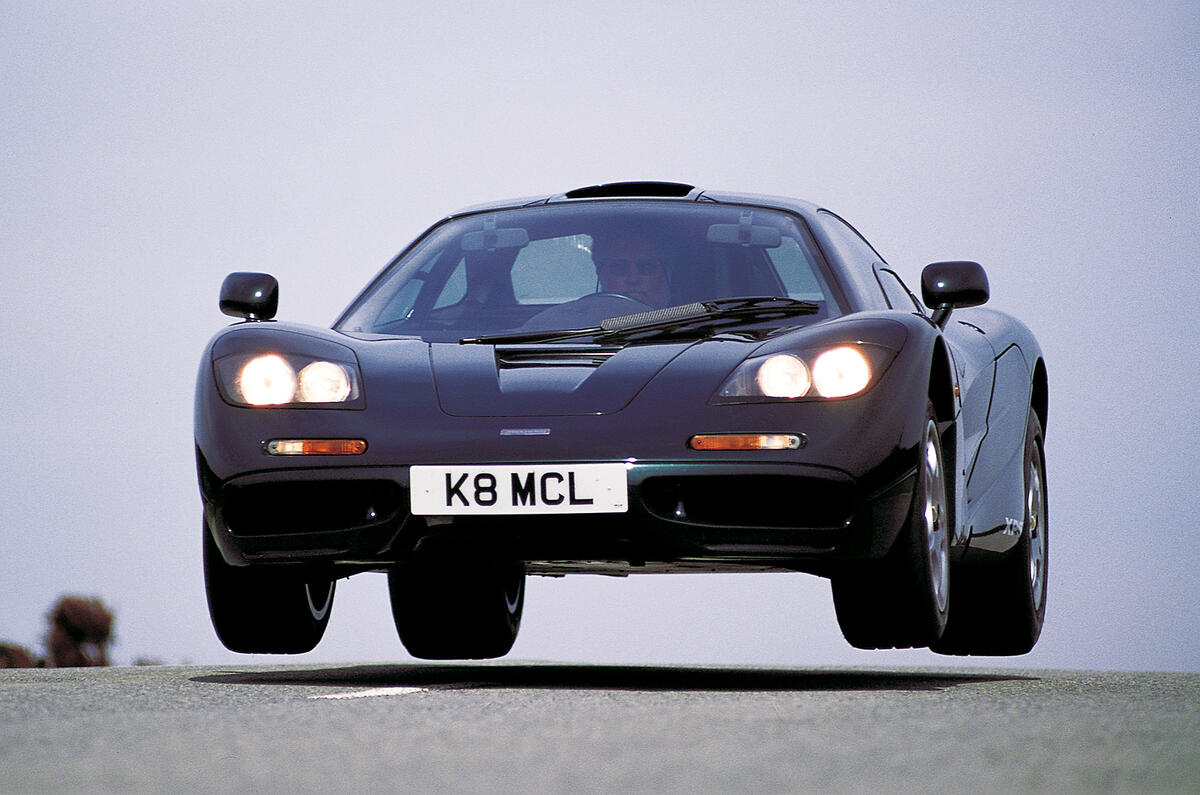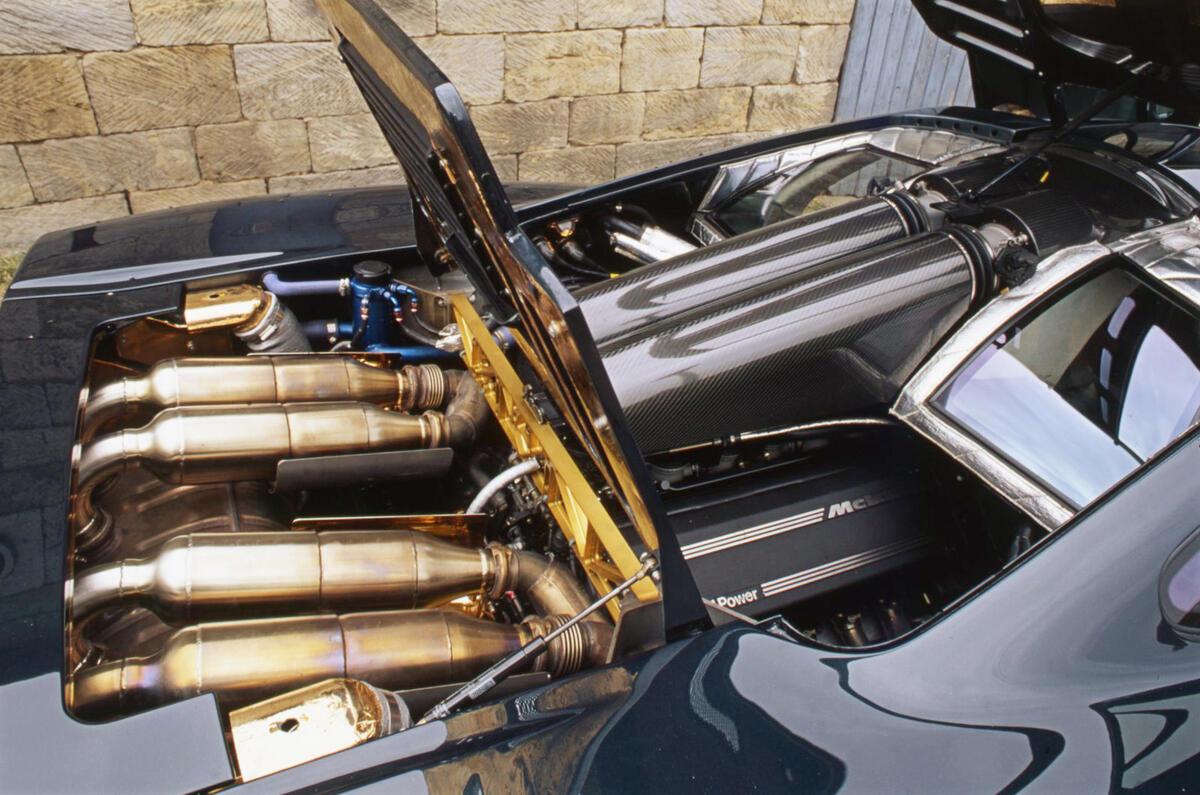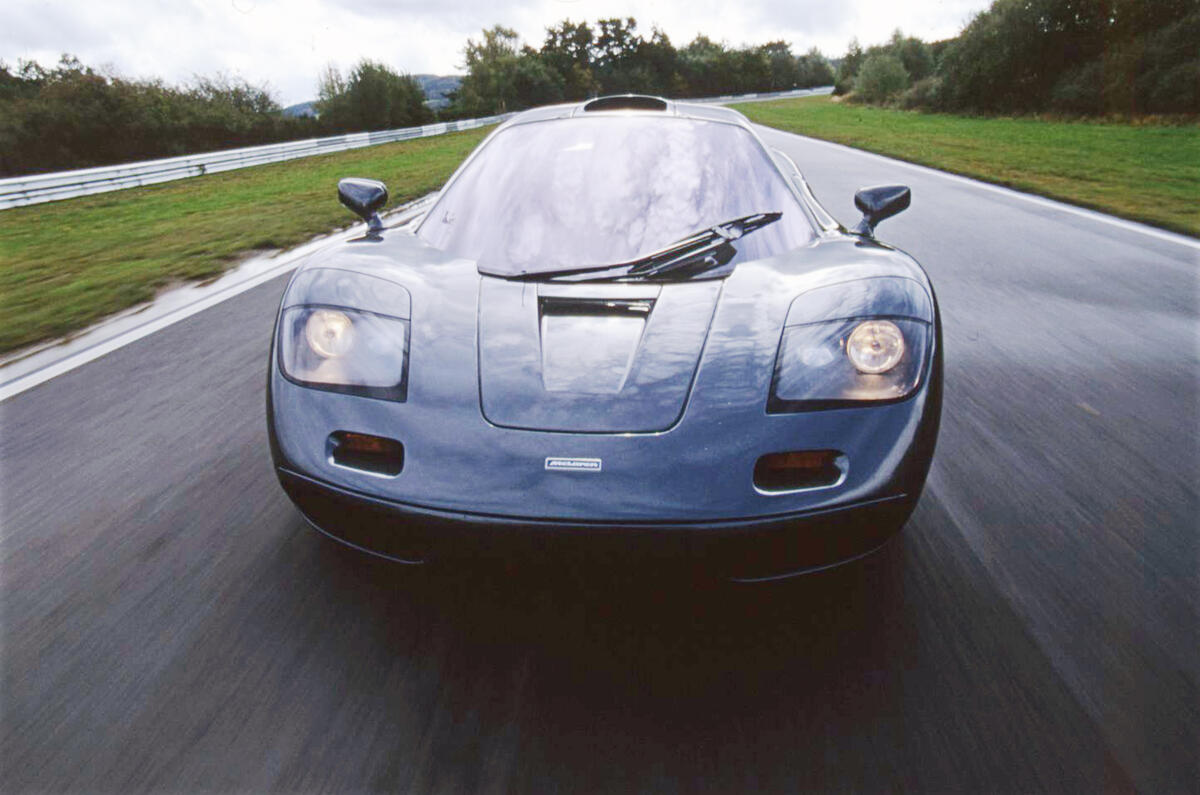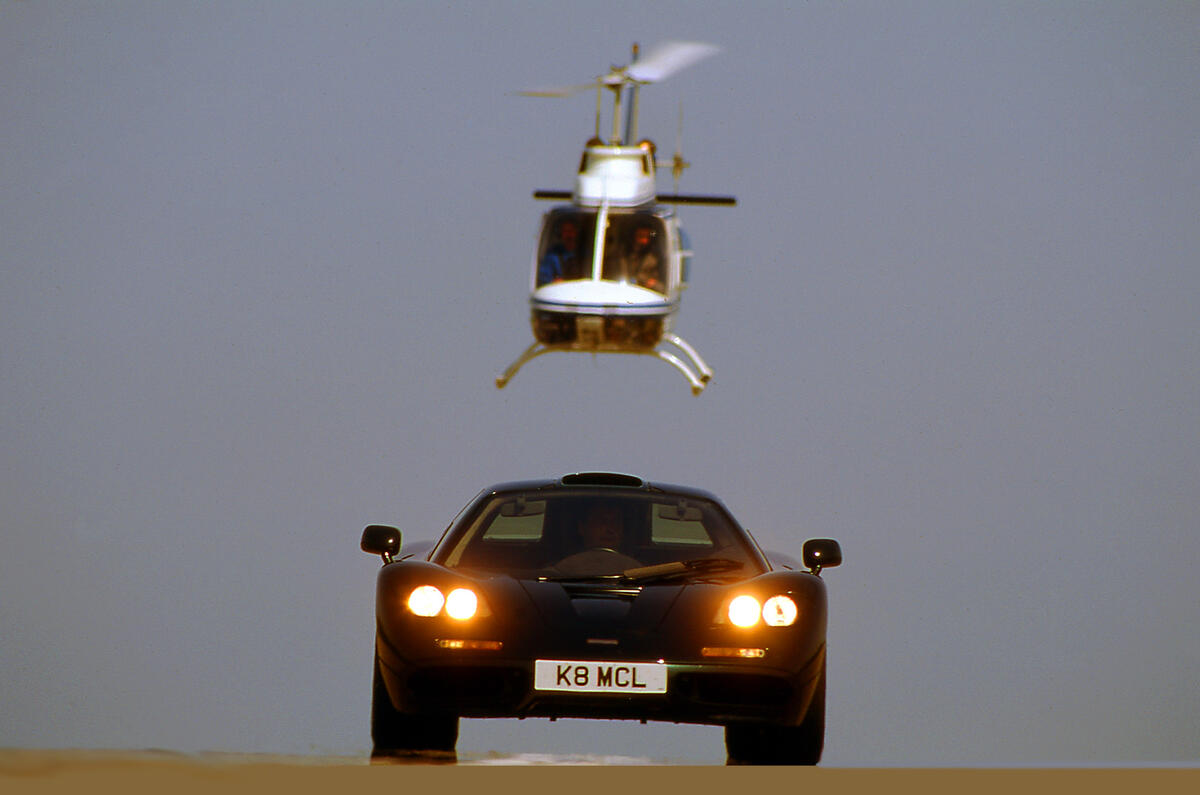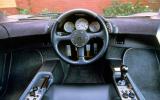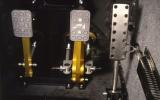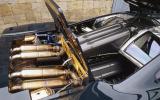Is the McLaren F1 reliable?
McLaren's seminal supercar is exceptionally well built and is generally a reliable car that shouldn't suffer from any major issues.
That being said, the F1 requires a very high level of maintenance that can only be carried out by McLaren, hence the cost to run one is eye-wateringly expensive.
Gearbox: The six-speed manual ’box is a robust transmission that can easily handle the 627bhp V12, but run it up through the gears and make sure shifts are smooth.
Clutch: The carbonfibre item isn’t unreliable, but it doesn’t like to be slipped. Replacement is a labour-intensive job that will cost around a five-figure sum.
Brakes: Standard-fit pads and discs are good. Pads should be replaced every 15,000 miles. MSO Heritage has refined the pad material over the years to improve pedal feel.
Interior: Check the bolster on the lefthand side of the driver’s seat for wear – it is likely to have been caught by an owner climbing in.
Body: Check for any scuffs to the body work: repairs to the carbonfibre body or tub will cost an eye-watering amount.
Gold foil was added to the engine bay and bonnet to act as a heat shield, reflecting heat away from the fuel tank and protecting the body from the heat created by the engine and exhaust. It is often replaced when the engine is out for a service and takes up to 18 hours to complete.




